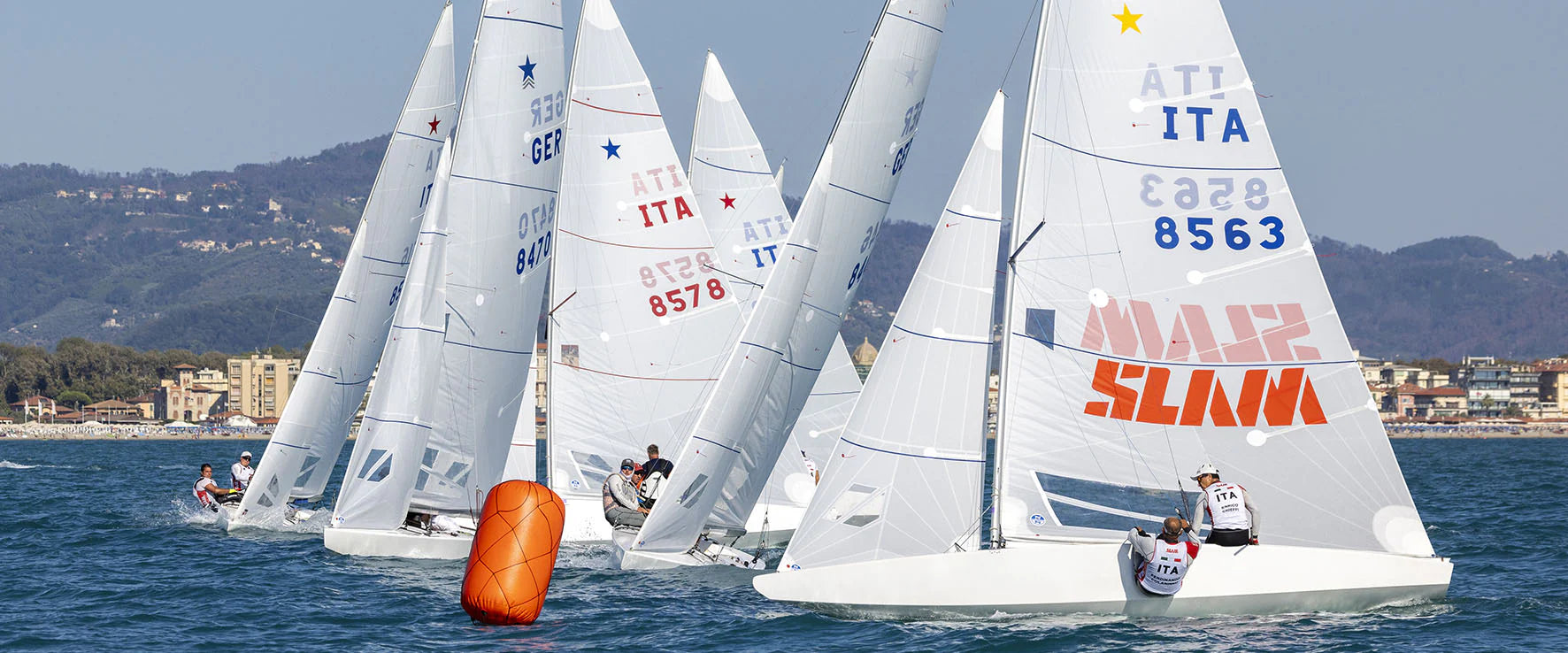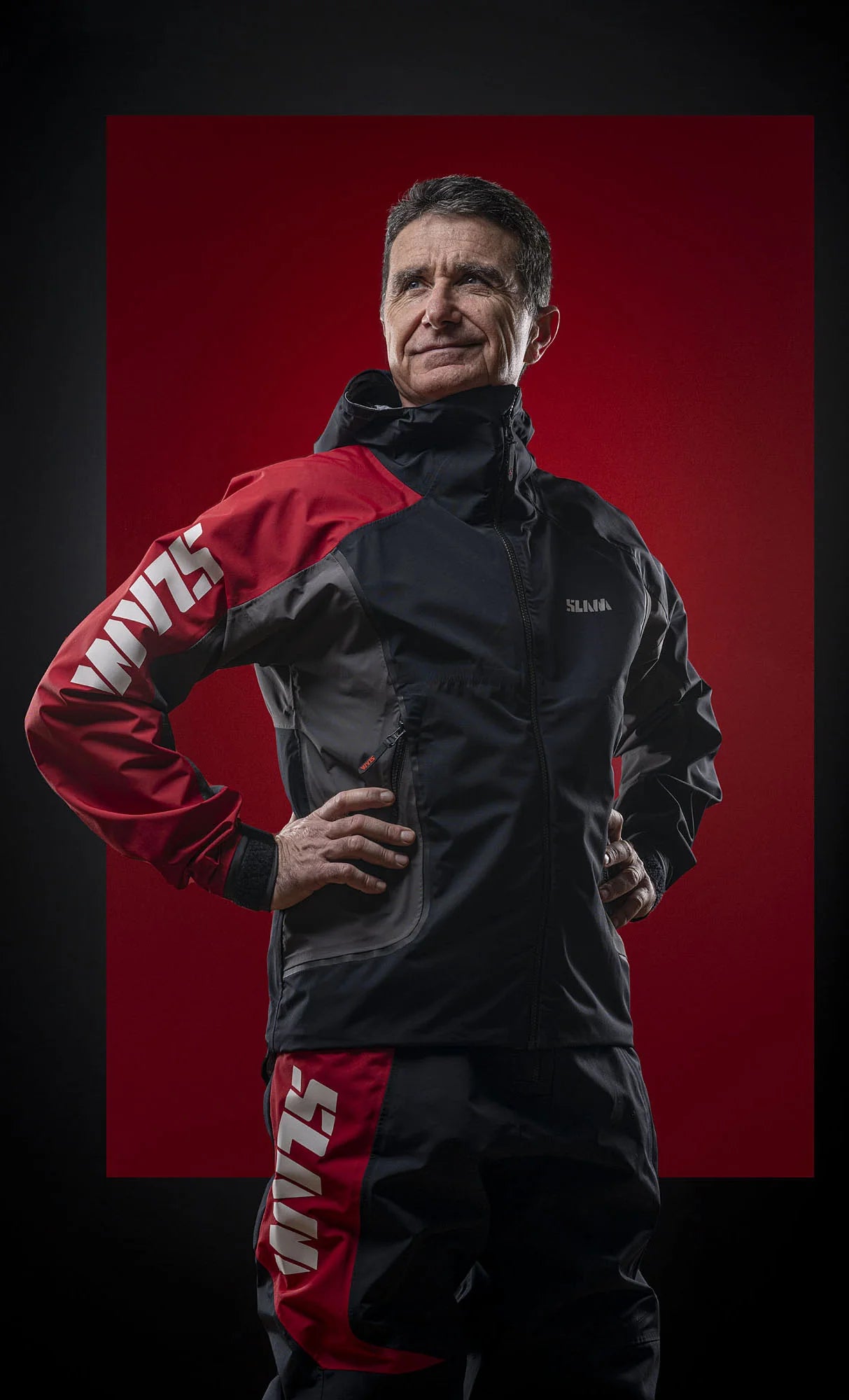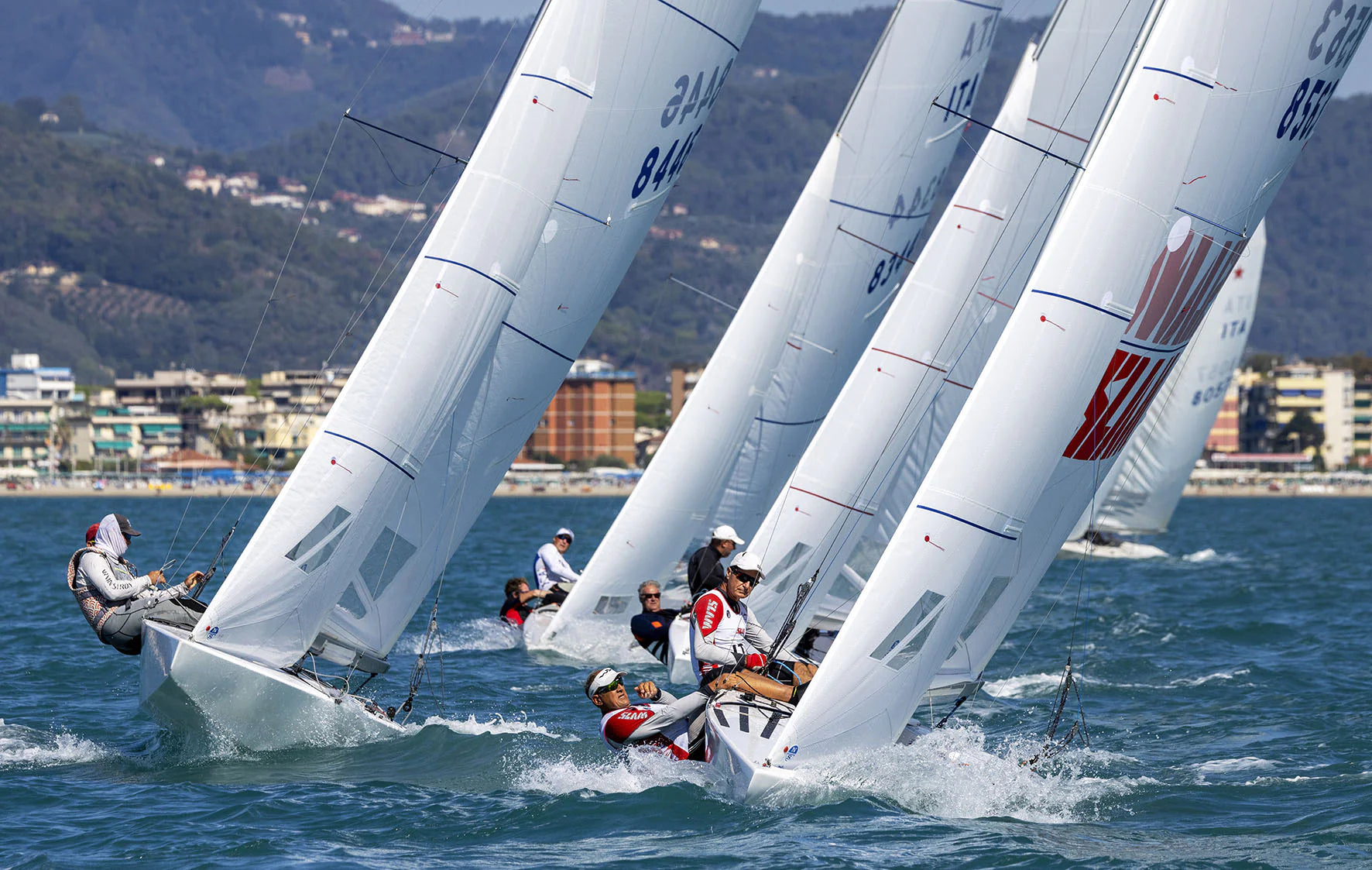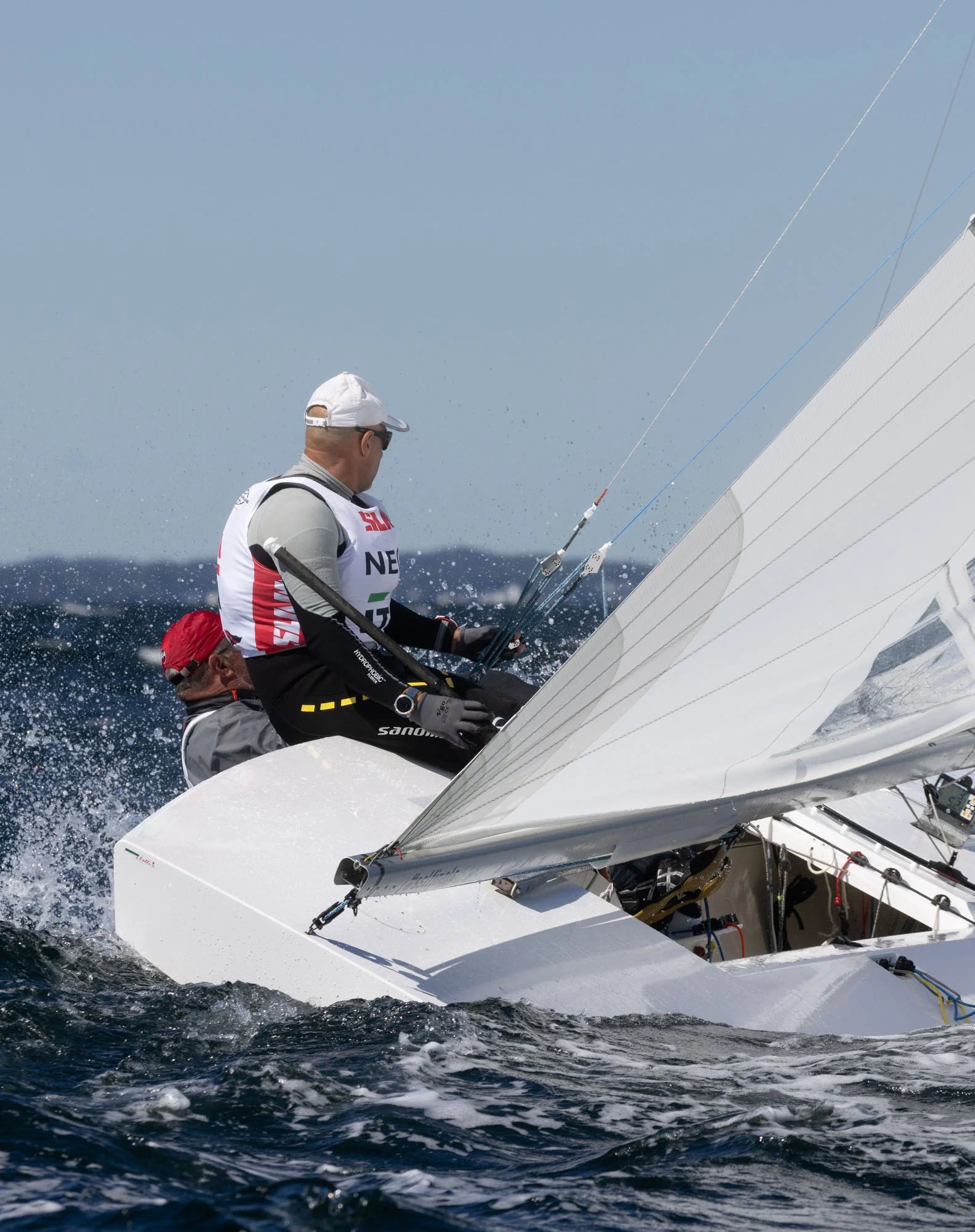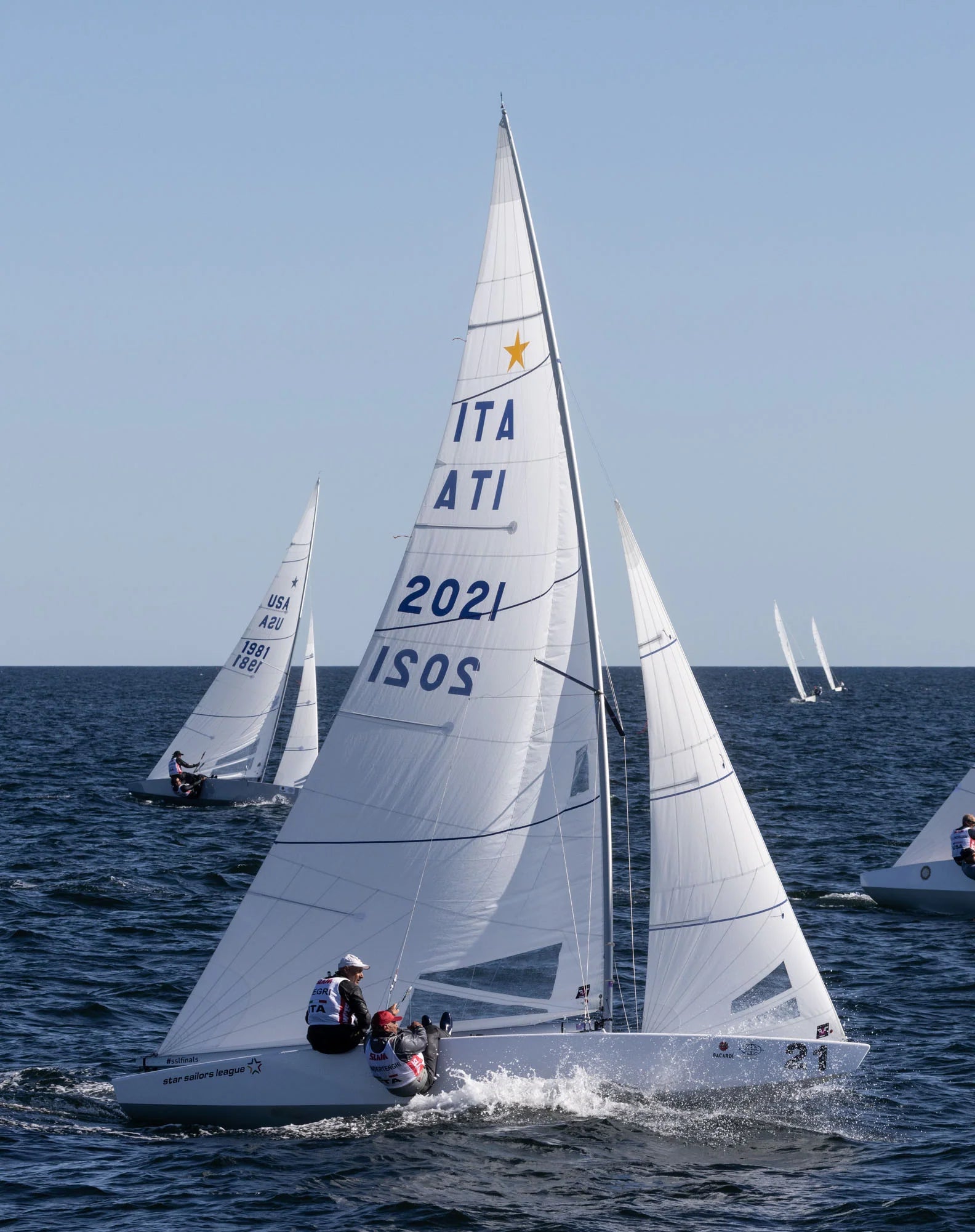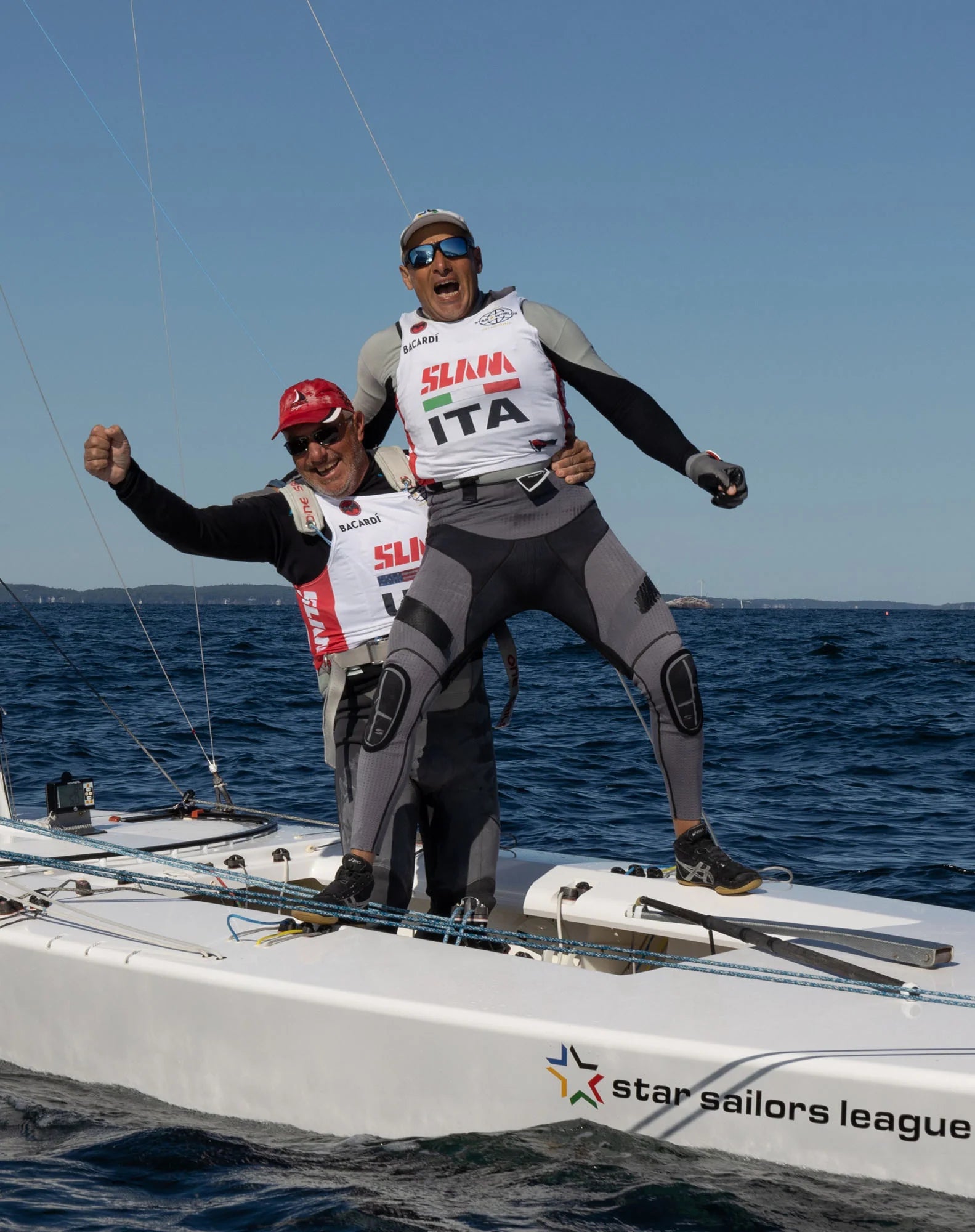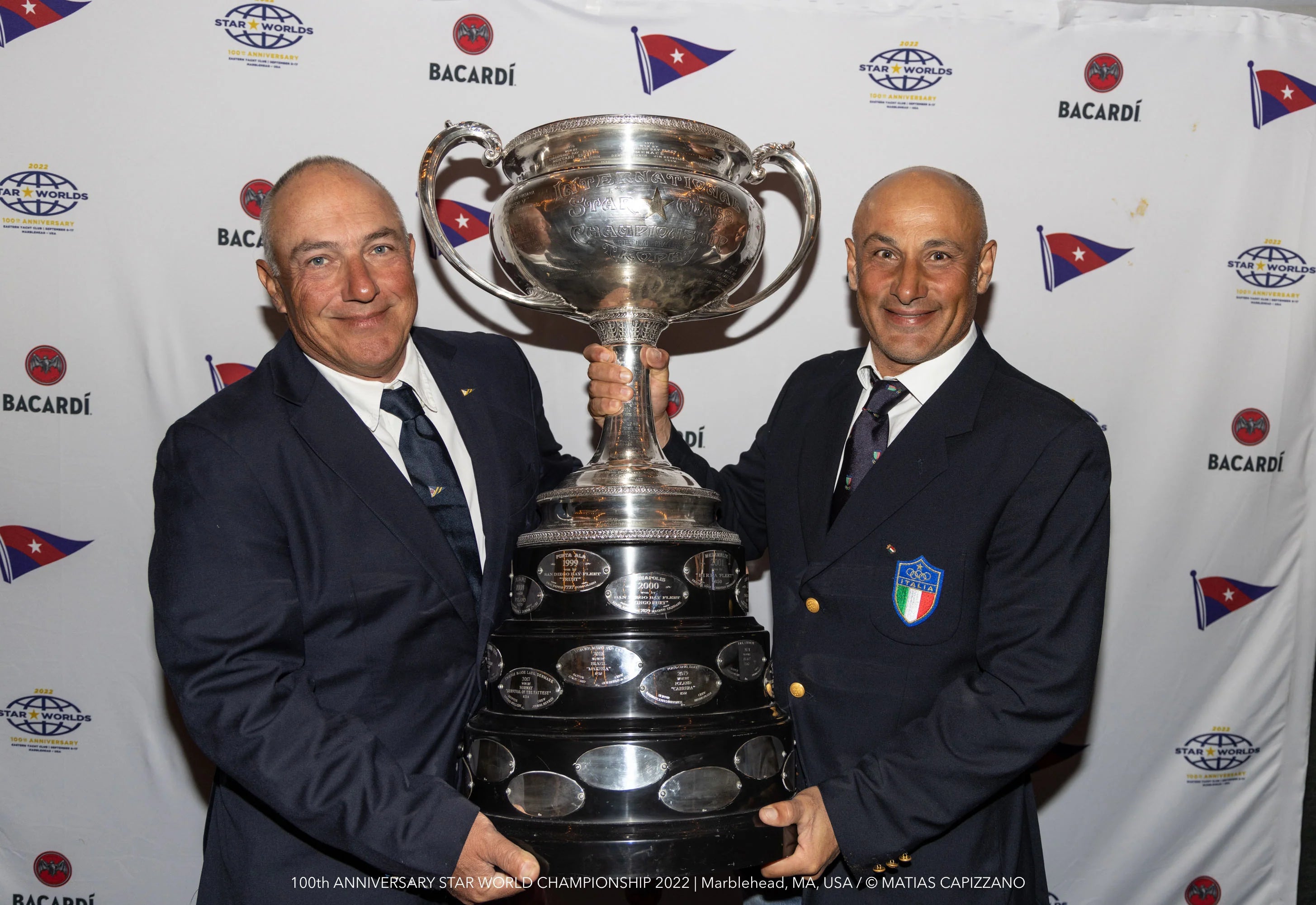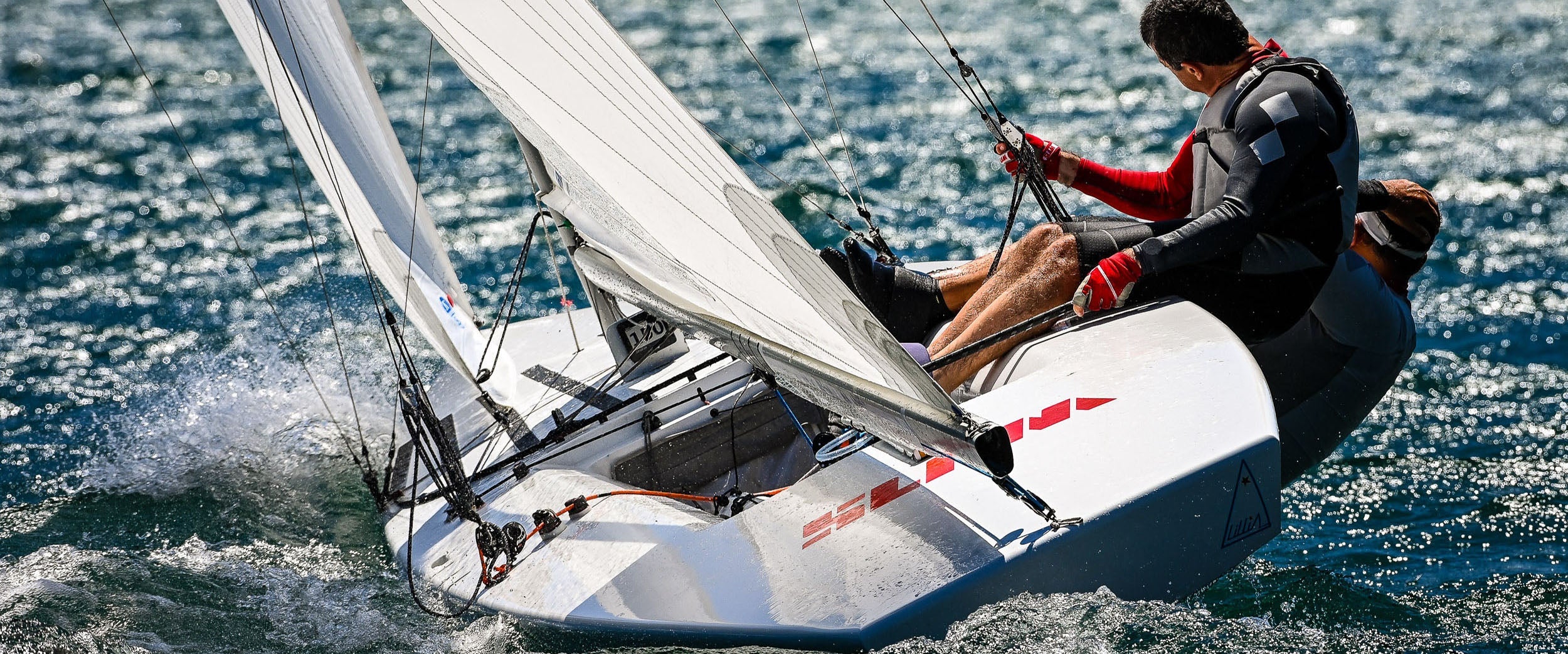It is absolutely beautiful to be able to win an Italian Championship again thanks to a boat like the Star, which in its sophisticated technique is incomparable to any other. Today, sailing's Olympic choices have aligned with those of other sports: curling instead of boxing, free climbing, and so on; hence more and more fast sailing and foiling, which is replacing traditional sailing. Modern sailing, which certainly has great appeal in terms of dynamism, modernity, especially for the younger generations: a trend for which I am absolutely in favour, it simply reflects the times in which we are living. But the world of sailing, looking at the numbers, belongs to traditional boats: the Star is one of those classes that still has a large fleet, but if you also think of all those cruising boats, which sail with enthusiasts on board who may not be racing, but who love the sea and sailing, the numbers are not even comparable to those of foiling boats. One should not confuse the trend of foil sailing that has exploded with the America's Cup (which is very good for sailing itself), with the real numbers of the Star movement.
Star, the emblem of tradition, has two wonderful aspects: racing in the Star class is a truly special experience, because it is incredibly sophisticated, technical; it is a 'slow' boat, in which tactics, racing strategy are a cornerstone; these are elements that create a baggage for each individual helmsman without equal. I was very pleased to hear from Ruggero Tita himself that during the last World Sailing World Championships won with Caterina Banti on the Nacra 17, the crew applied a few of my suggestions on how to deal with the current, during a lesson with the Olympic teams done during lock-down. Technical details, which are being lost in modern foil sailing, but which remain essential to making a difference, just as they have always been in Star regattas.
This year at the FIV Primavela Cup/Italian Youth Championship (of which SLAM is a partner) the Waszp was introduced, an indication of the times we are living in and the advancing foiling generation. What future do you see for a classic boat like the Star, when the generation of great helmsmen such as Paul Cayard, Enrico Chieffi, Diego Negri, etc. finish sailing?
EC: Unfortunately, there is a lack of reference points in sailing today: sports such as tennis also work because they have always had characters like Federer, Nadal, and now Djokovic, who represent firm reference points over time. The rapid change in sailing over the last few years has unfortunately contributed to dissolving the myths that had been created over the years: Paul Cayard, Dennis Conner and all the legends mentioned at the beginning of the article are no longer being recreated, because there is such an evolution and such speed in changing Olympic classes that the names also change with them, as if they were meteors burning through the sky.
We must be able to bring young boys and women to the Star class, because they are the two categories that make the difference: women in sport in general are the category with the highest growth rate. Then there are the younger generations, who are certainly lacking in the Star category: a lack that needs a solution, so that Star racing becomes attractive and can thus prepare younger sailors to face racing with that same strong foundation, which no other boat can teach them: I am absolutely convinced that sailing on a Star is an amazing racing school in and of itself. The solution, however, has not yet been found, but there is a certain degree of awareness to resolve this issue, and that is definitely good news: the boat and the organisation of the Star class are certainly worth the challenge and the next generation could gain a lot of experience and enjoyment from it, because racing in Star is beautiful! Those who get on it never get off, that's a fact.

